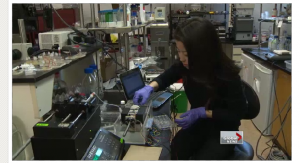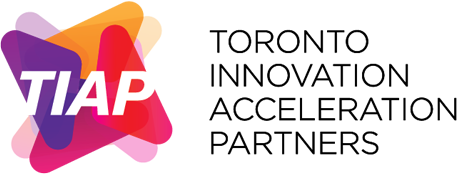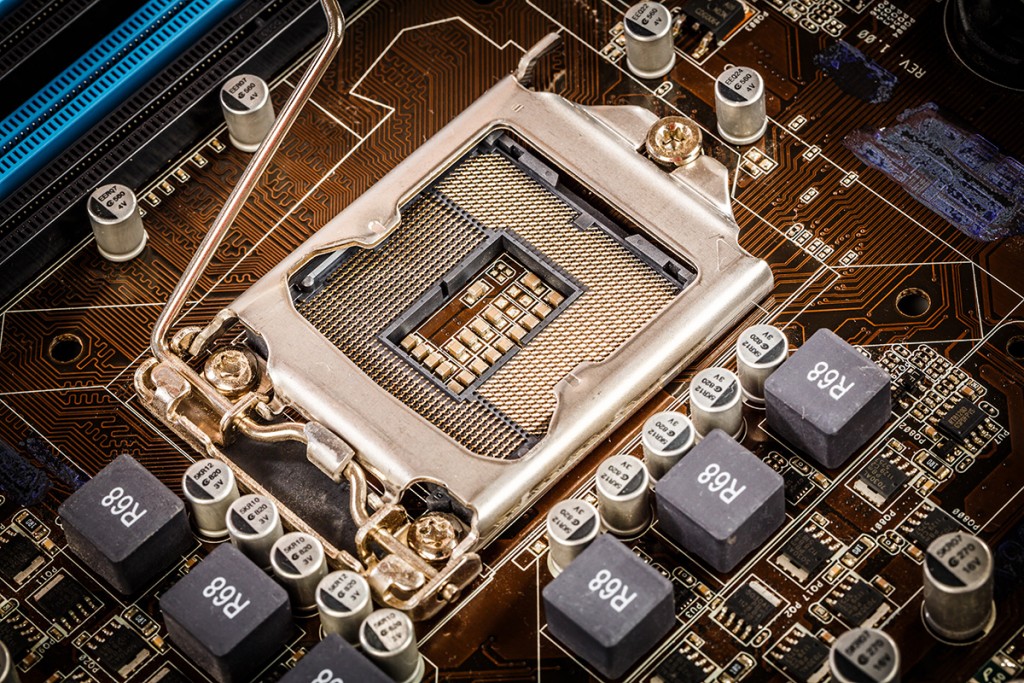
An early-stage technology that may revolutionize the way burn victims are treated is generating considerable buzz in Toronto media this week.
Globe and Mail reporter Robert Everett-Green wrote about the joint University of Toronto and Sunnybrook Health Sciences Centre project January 20 in “A 3-D machine that prints skin? How burn care could be revolutionized.”
Health reporter Beatrice Politi also covered the Bio Printer project for Global News Toronto January 21. Her video segment includes an interview with PhD student Lian Leng and a look at the existing Bio Printer prototype.
Here’s an excerpt from Everett-Green’s article (emphasis ours):
If successful, [Lian] Leng’s tissue printer could mark a huge advance in quality of life and survivability for severely burned patients, and dramatically reduce treatment costs. Eventually it could morph into a machine for fabricating internal organs.
Tissue engineering has produced various techniques for building up fabricated skin, usually layer by layer. But that’s a time-consuming process that doesn’t offer much help for people with extensive, life-threatening burns.
“We were interested in easing this process of creating organ-scale tissues,” says Leng, referring to the large patches of skin that could be needed to treat extensive burns. She advanced the idea of the device in her master’s thesis in 2010, and began working on the prototype a year later, with a team that includes her PhD supervisor Axel Guenther, a professor in U of T’s Department of Mechanical and Industrial Engineering.
Marc Jeschke, another key collaborator, is a burn surgeon and senior scientist at Sunnybrook Health Sciences Centre and Research Institute in Toronto. He says he sees about 300 patients a year who urgently need large amounts of replacement tissue. Grafting actually increases the area of the patient’s wounds, he says, because the graft is taken from undamaged skin.
MaRS Innovation staff introduced Guenther and Jeschke after noting overlap between their research areas; they are currently working with the team to commercialize the technology as a license.
The Bio Printer project is a strong example of MI’s ability to connect researchers with similar interests across institutions.
U of T graduate students Boyang Zhang and Arianna McAllister are also involved in the project.
The story also received coverage on U of T’s news website.
Posted by Elizabeth Monier-Williams, marketing and communications manager.

